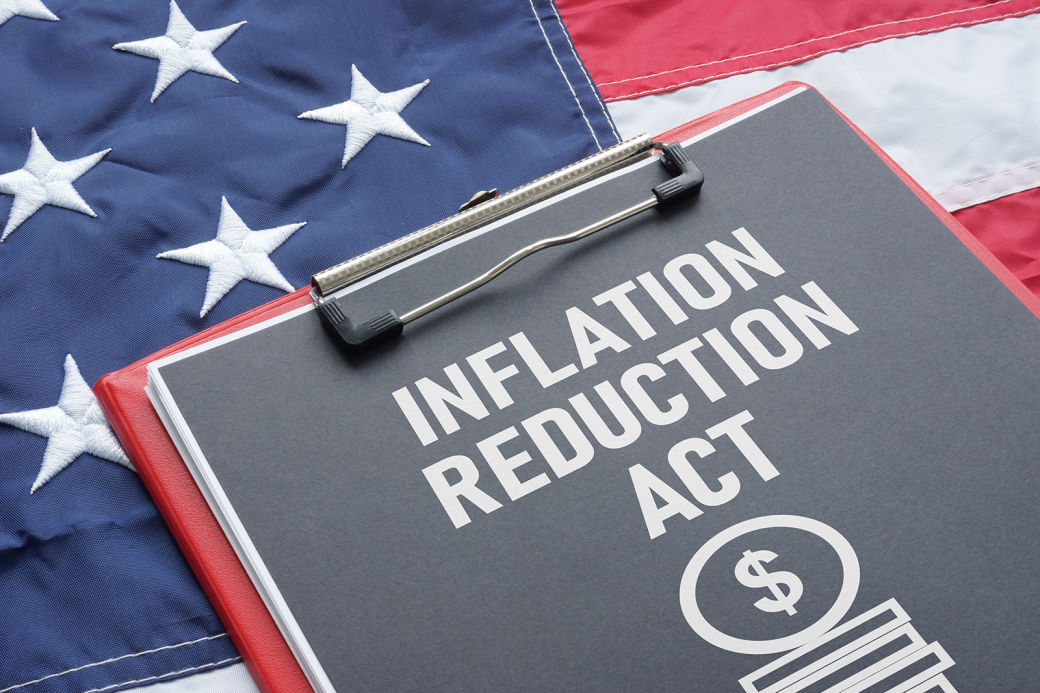The Inflation Reduction Act (IRA) of 2022 is a groundbreaking investment to address climate change in the United States. Through this law, the U.S. government has allocated USD 391 billion to combat climate change by cutting greenhouse gas (GHG) emissions by 40% from 2005 levels by 2030.
Are you aware of the various climate change-related initiatives offered by the IRA? Among these actions are renewable energy production, grid energy storage, nuclear power, electric vehicle incentives, energy efficiency upgrades at homes, investments in sustainable aviation fuel, carbon capture and storage, advanced manufacturing, and clean energy technologies.
Meeting the 2030 goals may not require significant changes on your part. Let's examine some of them.
- Grid energy storage systems are needed to connect intermittent energy sources like wind and solar to the grid. In fact, the largest portion of the funding, USD 128 billion, is allocated to grid energy storage projects and well-established renewable energy sources like wind, solar, hydro, and geothermal energy.
- Tax credits of up to USD 3 per kilogram of hydrogen can be claimed if the GHG emissions per kilogram of hydrogen are less than 4 kilograms of carbon dioxide. While these credits are only valid for green and pink hydrogen, they also require certain labor conditions. Conversely, producing blue hydrogen offers lower benefits. For renewable fuels like sustainable aviation fuels and renewable diesel tax credits of up to USD 1.75 per gallon are available, providing these fuels are produced from vegetable oils and through approved pathways.
- Financial returns could be up to a fivefold increase based on labor conditions. Employers must pay their workers "prevailing wages" and hire a minimum number of apprentices under the IRA, even though specific labor conditions are still unknown. By providing subsidies to produce renewable energy, the Act also provides incentives for the construction of renewable fuel plants. Due to the attractive returns on capital projects, many U.S. energy companies consider building such facilities.
To conclude, the IRA is promoting renewable energy as part of the clean energy transition. Through these projects, this law is creating thousands of new jobs and making the U.S. a more energy-efficient nation. To read the full article, please visit Chemical Processing.
